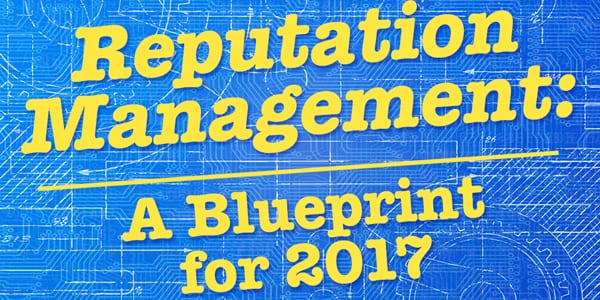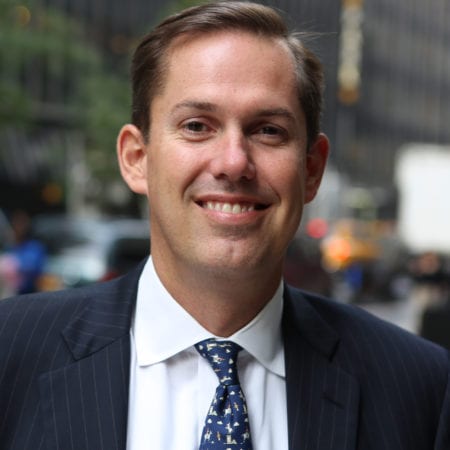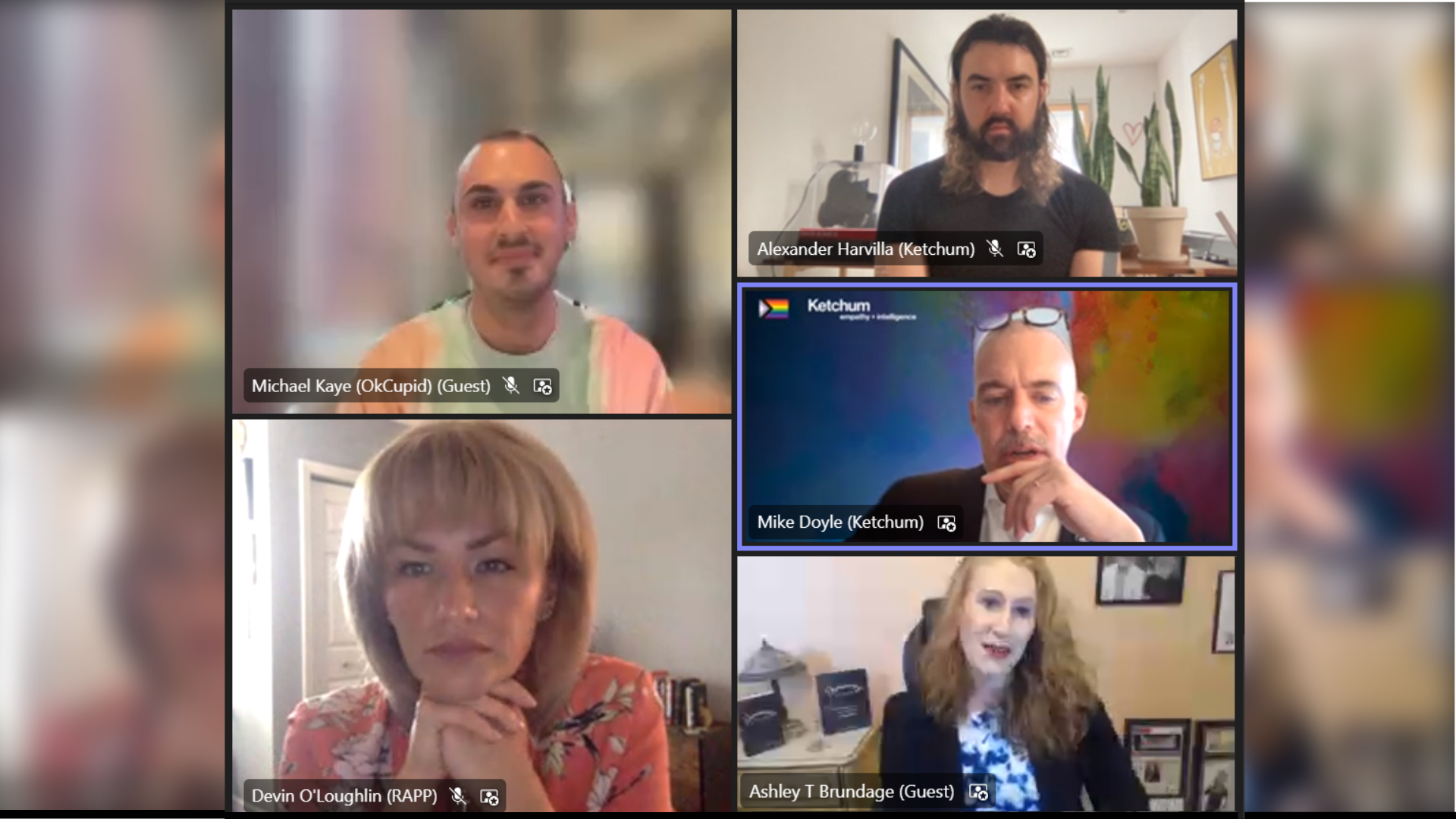 2017, a year of significant change in many parts of the world for sure. What will it hold for organizations in the area of reputation management? A new year always brings new challenges in an ever-evolving reputational threat landscape. But it also inevitably includes imperatives which are seemingly timeless and risks we can anticipate year after year.
2017, a year of significant change in many parts of the world for sure. What will it hold for organizations in the area of reputation management? A new year always brings new challenges in an ever-evolving reputational threat landscape. But it also inevitably includes imperatives which are seemingly timeless and risks we can anticipate year after year.
With that in mind, here are seven observations, potential watch-outs and recommendations for brands and organizations as we begin the year:
Cyber-chaos:
While the threat of data breaches is well-understood by most organizations, the cyber threat landscape continues to grow and expand, which brings new challenges. For many years, the primary purpose of a data breach was to steal data to monetize it. That threat remains active and persistent. However we are seeing a new trend where cyber-crime objectives are truly more about disruption. Some of this is driven by the rise in politically-motivated cybercrime, but also includes hacktivists who want to create chaos. The recent ransomware attacks against hospitals and a light rail system makes it even more apparent that cybercrime isn’t always about the money. It can also be about creating fear within the population. Brands need to think about how they might be a target even if their data doesn’t seem overly compelling from a financial standpoint.
Defending a global footprint:
The increase of protectionism will not be limited to the context of politics and elections in the near future. We are seeing this phenomenon manifest itself as “support for the American Worker.” Because of this dynamic, certain tools U.S. multi-national companies have used for years to achieve growth and positive business results, such as pursuing global manufacturing and supply chain efficiencies, now carry new reputational risks. There will be much more of a spotlight on organizations who attempt to use these tools, and they may be punished more publicly than ever before for business decisions that had previously went unnoticed. U.S. multi-nationals will have to defend their global footprint – and business decisions which impact it – but do so in a credible and compelling way.
Deposits into the reputational bank:
The old adage “the time you need a friend is not the time to get one” remains as true as ever. The continued rise of influencers and active publics means that companies and brands need to be constantly building and nurturing their reputational reservoir. This comes in the form of engagement, sharing information about sensitive and challenging issues, being open to the perspectives of even the most determined detractors, and engaging in credible, ongoing storytelling. It also includes focusing on employee engagement to ensure employees realize they have a role to play in this endeavor – not just senior management – and are true corporate reputation ambassadors. These realities also require organizations to develop and line-up allies in advance, so that when they have a problem and go to the reputation bank to make a withdrawal, they find funds in their account… not a zero balance. We’ve seen plenty of examples of companies in recent years who assume they have a healthy reservoir, only to find out the stark reality of what happens when you assume.
Hoaxes and misinformation:
No, not fake news, but rather the phenomenon whereby certain individuals or groups of individuals fabricate a complaint about a business that can have damaging reputational effects. Unfortunately, social media and traditional media pick up on these incidents instantaneously and with little to no investigation. Brands must be prepared to react quickly and robustly, which can be challenging in large organizations.
You can run but you can’t hide:
There is a growing trend of companies and other organizations being drawn into taking visible, public positions on high-profile issues whether they like it or not. This dynamic is often driven by political and societal discussions – as well as by the intersection of popular culture and issues. This often results in the organization being forced to comment on issues, where previously it would have been tangential to the conversation or its public POV isolated within the legislative or regulatory arenas. Often, it’s not just a matter of being forced to communicate the company position – but also then having to defend it. Brands need to enhance their efforts to understand issues which may require a public position, develop that position in advance, and be prepared to communicate it quickly in much more visible ways than ever before.
Visual content, content, content:
Information overload and noise continues to increase, creating challenging dynamics for cutting through the clutter and reaching the audiences that matter. Telling one’s story in a clear, concise and credible way is Crisis Communications 101 – it always has been. Utilizing visual, digital and online platforms and content has grown from being a nice to have into a table stake. Detractors and activists have been using creative visuals to draw attention to their causes and activate their constituencies for many years. Part of their success has been the realization that to break through in the modern era requires capturing your audiences’ hearts, as well as informing their minds. Companies need to increase their use of visual storytelling to effectively combat this tactic and balance the playing field. Many are doing it well from a marketing perspective, but much more needs to be done from a reputation management standpoint. To effectively influence and win share of mind requires compelling content to get a greater share of eyes.
Know your key stakeholders in advance…all of them:
Learning about a key stakeholder and their needs once you have a problem is often far too late. But it’s not just about understanding and thinking about the obvious ones, like consumers, customers or suppliers. It is critical to think creatively about those who might matter in the context of a specific crisis or reputational challenge as well how to reach them. For example, consider how important airlines were for a personal electronics manufacturer managing a product safety issue, the influence of local communities and public safety officials for ensuring an online game remains accessible, or a luxury hotel chain unexpectedly being linked to palm oil and deforestation issues. Stakeholders are constantly changing and their expectations frequently evolve. Companies need to evaluate and prioritize those which matter most generally, but also challenge themselves to anticipate the unexpected and not be guilty of a failure of imagination.
To learn more about how and when brands should jump into socially and politically-charged conversations, check out this piece from AdAge featuring insights from our Chairman and CEO, Rob Flaherty.



